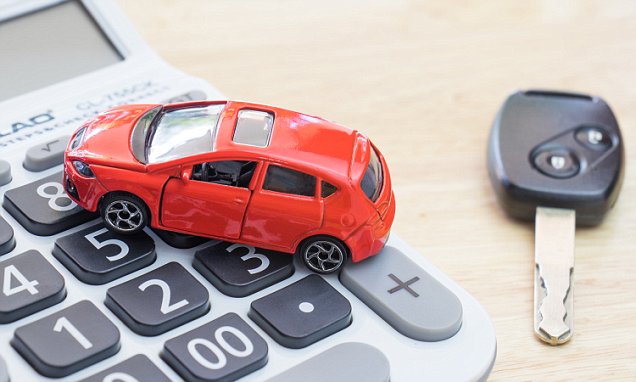When things change in your life, like getting a new car or adding a new driver to your insurance, it only makes sense to take a look at your previous insurance and see how you might change things up. Even if nothing’s really changed with your driving situation, you can still take a look at your insurance to see if there’s any way you can reduce your rates or get different coverage. To help you do this, here are three tips you should consider when changing up your car insurance.

Get Multiple Quotes
Before you settle on one particular insurance provider for your car insurance coverage, it’s going to be a good idea for you to get multiple quotes. By doing this, you’ll be able to compare different insurance company’s rate side-by-side so you can see which one will truly give you the best coverage for the best price. According to Edmunds.com, you should plan to spend at least an hour or two looking at various quotes and comparing them. Some websites will allow you to compare various carriers all in one place. But for other insurance providers, you’ll want to either call them or use their website directly to get the most accurate quote.
Changing Your Deductible
Once you’ve found the car insurance carrier that you want to use, you can then start tweaking your coverage until you get it at the price you want. One of the best ways to do this, according to Tobie Stanger, a contributor to Consumer Reports, is to change around your deductible. The higher your deductible is, which means you’ll be paying more out of your own pocket before the insurance will cover anything, the lower your monthly payment will be. This is really something to consider if you want to retain more of your money on the monthly or quarterly basis so you can use it to invest in other things or to build up your savings. Just keep in mind that having a higher deductible means you’re taking on more risk in the event that you do want to make an insurance claim,
Any Additional Coverage
In addition to the basic coverages like liability, collision, and comprehensive, you can also get other coverage that may prove useful to you throughout the lifetime of our vehicle. While these things will add up on your monthly or quarterly bill, many times, their actual cost is relatively low for what you’d be getting if you needed to use these services. According to Lisa Smith, a contributor to Investopedia.com, some of the additional coverages you might want to consider getting include things like personal injury protection, gap insurance, rental coverage, towing or roadside help, and glass breakage coverage.
If you’re wanting to change some things around with your car insurance coverage, consider using the tips mentioned above to help you effectively do this.


